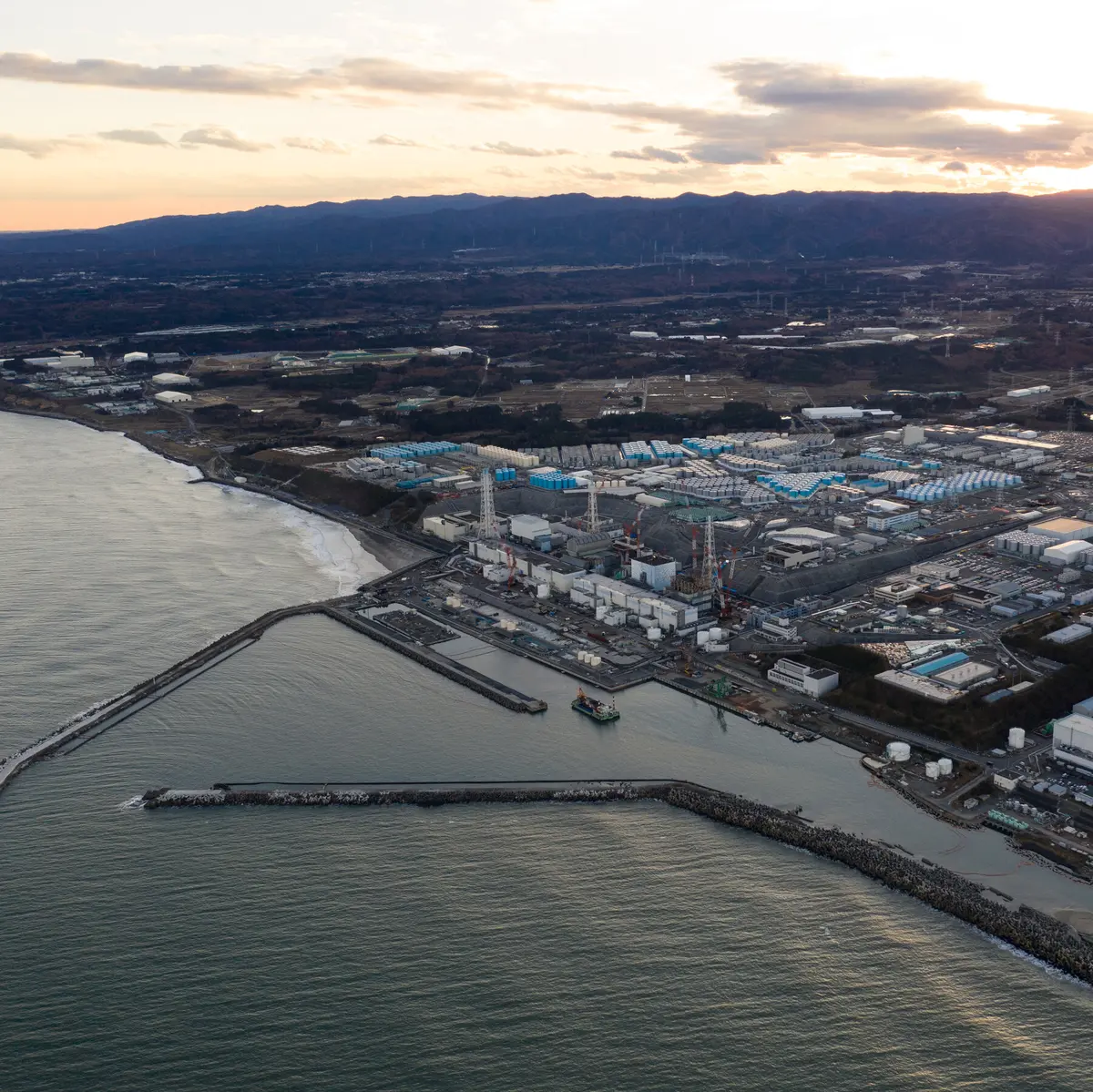Shubhiksha G V, Pune
On August 22, Japan announced its intention to initiate the controlled release of over 1 million metric tonnes of treated radioactive water from the damaged Fukushima nuclear power plant starting from August 24. This decision marks the implementation of a plan sanctioned by the Japanese government two years ago to aid in the decommissioning of the facility, operated by Tokyo Electric Power Company (TEPCO). While the move has garnered significant criticism from China, it has also faced opposition from local fishing communities apprehensive about the potential impact on their livelihood.
“I have asked TEPCO to swiftly prepare for the water discharge in accordance with the plan approved by the Nuclear Regulation Authority, and I expect the water release to start on Aug. 24, weather permitting,” Prime Minister Fumio Kishida said in a statement, Reuters reported. Japan has approved the release of treated water, and the International Atomic Energy Agency (IAEA) approved the proposal in July, stating that it complies with global norms and has little effect on people and the environment.
Despite these assurances, certain neighboring nations have expressed skepticism about the plan’s safety, with China emerging as its most vocal critic. Beijing has accused Japan of lacking consultation with the international community and displaying self-interest and arrogance. In response, China has banned seafood imports from 10 Japanese prefectures, including Fukushima and Tokyo. Imports from other regions are subject to radioactivity tests and the presentation of evidence that they were produced outside the restricted prefectures.
While South Korean activists have protested the plan, the South Korean government’s independent assessment corroborates the IAEA’s evaluation, affirming that the water release aligns with international standards. Japan has emphasised that the treated water will undergo filtration to eliminate most radioactive elements, with the exception of tritium, a hydrogen isotope. The treated water will be diluted to levels well below internationally approved tritium standards before being discharged into the Pacific.
The water set for release was originally used to cool the fuel rods of the Fukushima Daiichi plant after it experienced a meltdown following a massive tsunami in 2011 that devastated Japan’s eastern coastline.
